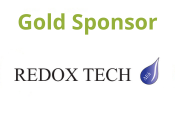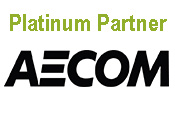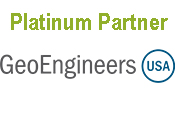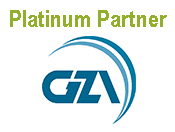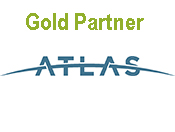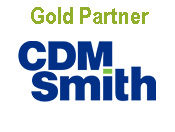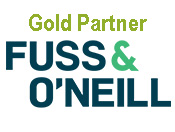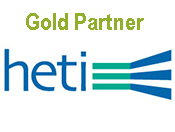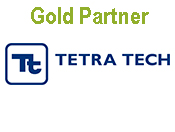Why Do We Do What We Do? Understanding Why MassDEP NOAFs Continue to Identify Noncompliance Associated with Determining Nature and ExtentBy: Jeanine Grachuk, Principal, Beveridge & Diamond and Gail Batchelder, Technical Director, HRP Associates, of the LSPA's Loss Prevention Committe One area of focus of the LSPA’s Loss Prevention Committee over the past five years has been reviewing issues identified by MassDEP in Notices of Audit Findings (NOAFs) relating to the determination of nature and extent of releases of Oil and Hazardous Materials. In our review of MassDEP’s FY 15 NOAFs, we focused on nature and extent issues. The number of NOAFs with Notices of Noncompliance (NONs) on issues relating to nature and extent continues to be significant and warrants continued discussion by LSPA members. In discussions about why nature and extent issues have been occurring, the Loss Prevention Committee identified five possible hypotheses: (a) Actual pressure from clients to do less work; (b) A perception that clients would not pay for more work/competitive pressures; (c) Access issues; (d) The LSP did all that he or she believed was required and MassDEP disagreed on specific site issues; and (e) The LSP community and MassDEP have different perspectives on the appropriate standard of practice regarding issues of nature and extent. The Loss Prevention Committee wanted to test these theories. To do so, while recognizing there are limitations to this approach, we conducted a survey in June 2015 of LSPA members. This article discusses the responses of the 90 LSPs who responded. This article does not include an analysis of responses from the non-LSP respondents. We first asked a few background questions to establish whether the responding LSP is employed by a small or large firm, for how long the responder has been an LSP, and whether the responder works with other LSPs who may be able to act as peer reviewers. The answers to these background questions broke down as follows:
We then asked, in two different ways, whether the LSP had ever been told by MassDEP that his or her work was insufficient in the area of determining the nature and extent of contamination. The two questions were slightly different from each other. The first question was whether the LSP had ever submitted an opinion in a Phase II report or permanent solution regarding the nature and extent of contamination where more investigation ultimately was required under the MCP. The majority, 51%, said yes. The second question asked whether a client had ever received an NON for nature and extent issues where the responder was the LSP of record. In this case, 33% said yes. We then asked why there was a positive response to these questions. For the first question, about whether the LSP had ever submitted an opinion in a Phase II report or permanent solution regarding the nature and extent of contamination where more investigation ultimately was required under the MCP, we provided specific possible responses and asked LSPs to choose the one which most closely matched their reason for submitting an LSP Opinion on which more work was ultimately required. Below are the responses:
We also asked what may have influenced the LSP’s decision-making on nature and extent issues, offering as possible responses the financial condition of the client, competition, and the type of client (“Mom & Pop,” industrial, etc.). Notably, in many cases the LSP identified the financial condition of the client as a factor influencing the decision-making. Changes in the technical requirements were also referenced as a factor. In other cases, the LSP stated that the LSP and MassDEP simply disagreed. For the second question, about whether a client had ever received an NON for nature and extent issues where the responder was the LSP of record, we asked whether the LSP had agreed with the NON when it was received, and whether the LSP agreed after additional review. Interestingly, 32% indicated that they agreed at the time they received the NON, and 50% agreed after additional review and evaluation. We then asked, “To the extent you ‘held back’ from a fuller investigation, what reason would explain it?” Again, we provided specific responses to choose from, and the LSP was asked to choose just one response. Below are the responses:
We note there is another possibility that could not be assessed in a survey of this kind: was there a failure to adequately communicate the basis for the LSP’s decision, as opposed to a failure to adequately delineate the nature and extent of contamination? The amount of effort required to determine the nature and extent of contamination and develop the conceptual site model is ultimately a matter of professional judgment. Many factors go into making that judgment. It is possible that, in some cases, factors that led the LSP to decide that the investigation was adequate were not sufficiently explained in the written report. If factors influencing the LSP were not described in that report, a MassDEP auditor might lack crucial information when evaluating the adequacy of the investigation, possibly leading the auditor to determine that the investigation was inadequate. The Loss Prevention Committee will continue to explore the possible reasons for the numerous NOAFs relating to nature and extent issues. In addition, we are working to develop a for-credit course on nature and extent issues and conceptual site modeling. Please contact Jim Zigmont, Chair of the Loss Prevention Committee, at [email protected] if you wish to join us as we continue to discuss these important issues.
|






